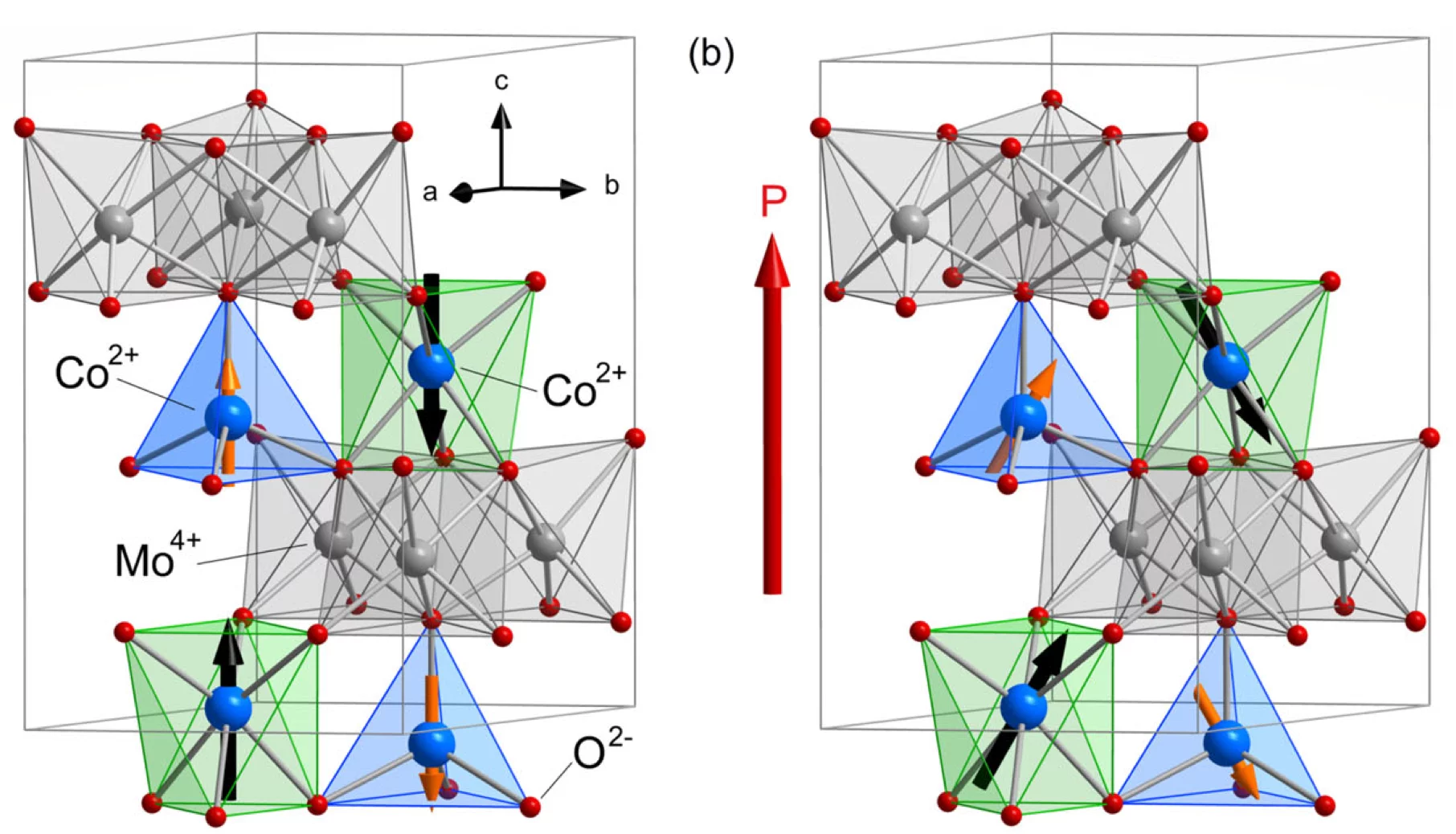Magnetoelectric phenomena are intimately linked to relativistic effects and also require the material to break spatial inversion symmetry and time-reversal invariance. Magnetoelectric coupling can substantially affect light–matter interaction and lead to non-reciprocal light propagation. Here, we confirm on a fully experimental basis, without invoking either symmetry-based or material-specific assumptions, that the optical magnetoelectric effect in materials with non-parallel magnetization (M) and electric polarization (P) generates a trilinear term in the refractive index, δn ∝ k ⋅ (P × M), where k is the propagation vector of light. Its sharp magnetoelectric resonances in the terahertz regime, which are simultaneously electric and magnetic dipole active excitations, make Co2Mo3O8 an ideal compound to demonstrate this fundamental relation via independent variation of M, P, and k. Remarkably, the material shows almost perfect one-way transparency in moderate magnetic fields for one of these magnetoelectric resonances.
Facility: SINQ
Reference: S. Reschke et al, npj Quantum Materials 7, 1 (2022)
Read full article: here


